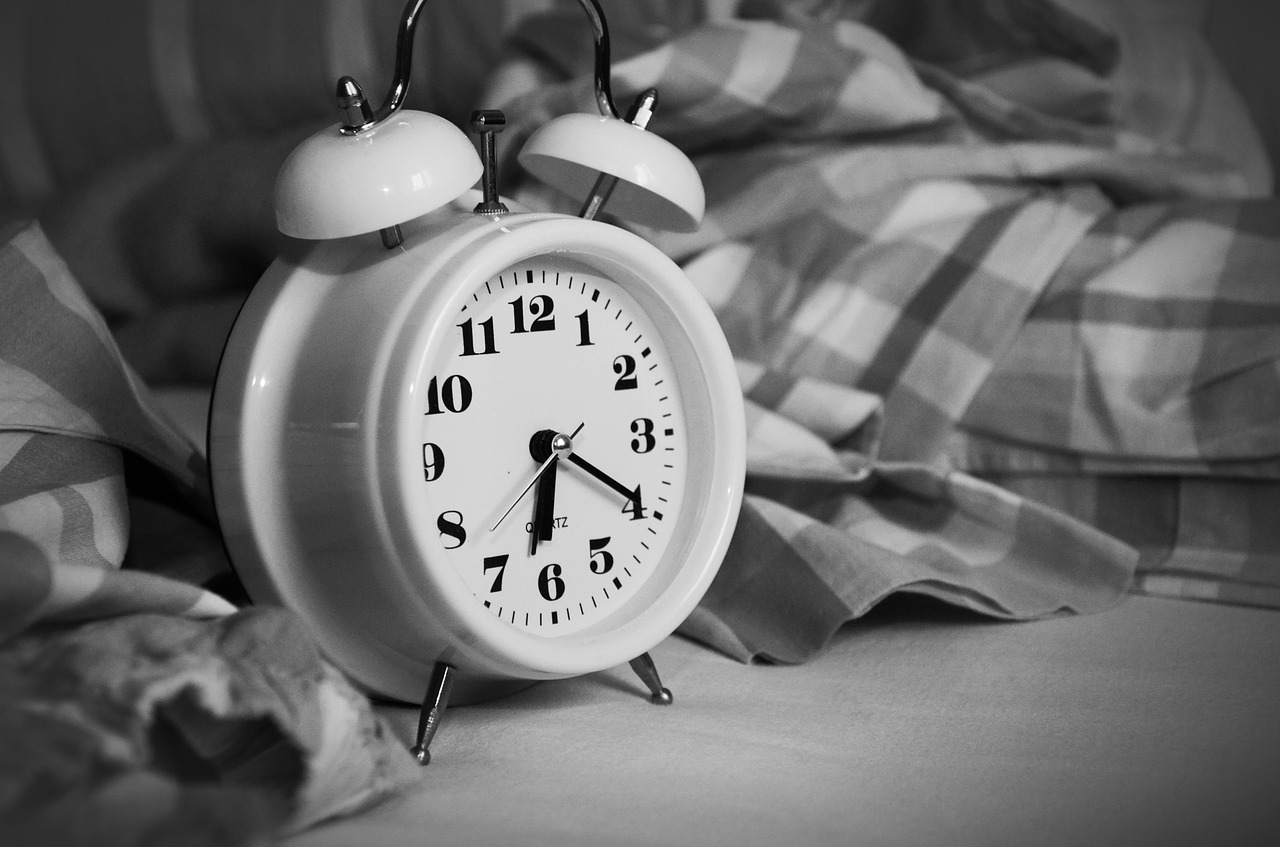
Workout Routines: 6 Tips for Adjusting to Exercise in the Morning
We are creatures of habit – not only psychologically and socially, but physiologically as well. If you need proof, all you have to do is read up on shift work disorder, which shows that simply changing one’s sleep and work schedule can have some profound consequences for our health.
With that in mind, it should come as no surprise that changing the time of day when one’s workout routine takes place is a huge deal for everything from mood to performance. Perhaps the most common adjustment that takes place is when someone decides to exercise in the morning. It may be because a long day at work is too exhausting to be 100% when you hit the gym after it’s over, or you may just not want to wait for equipment access in a crowded gym at 6PM. Or, it could be because a parent is super busy with kids’ after-school activities, so first thing in the morning before they wake up is the best bet for getting in a strength and conditioning program.
Whatever the reason, the adjustment to exercise in the morning is without a doubt the toughest “time change” one could make. With that in mind, here are five keys to making it a smooth transition:
1. Get to bed earlier.
This seems like a no-brainer, but you’d be surprised at how many people complain that they can’t get results from exercise in the morning without realizing that they’re still going to be far too late at night.
If you’re someone who is accustomed to sleeping 12AM-8AM, then racing to be to work at 9AM, it’s going to be an adjustment if you want to start training at 6AM before you head to work. You’re only making it tougher if you decide that you’re simply going to sleep 12AM-5AM. It’s also going to crush your productivity for the rest of the day, as you’ll be sleep walking rather than enjoying the post-exercise energy boost most people experience. If you want to be up at 5AM or 6AM to train, you’ve got to be in bed by 10PM. In fact, I always tell my athletes that an hour of sleep before midnight is worth two hours after midnight.
2. Stand up for a bit.
Dr. Stuart McGill has made some fantastic observations on spine stiffness first thing in the morning. In a nutshell, when we lay down to sleep at night, our spine is decompressed, so the intervertebral discs actually collect water. This increased hydration status builds annular tension within the discs, and makes the spine stiffer overall. This isn’t a good kind of stiffness, though; more stress is placed on the ligaments and discs than the soft tissue structures that typically protect them.
Simply standing upright and moving around decreases the hydration status of the discs – and, in the process, actually makes us shorter as the day goes on! While I don’t know of many people that want to get shorter, the good news is that this height reduction reduces the spine stiffness and allows us to move the spine more safely and effectively. While disc hydration diminishes over the course of the entire day, the majority of it occurs in the first hour that we’re awake.
With this in mind, you’re someone with a history of back pain, you’re probably best off not incorporating exercise in the morning, especially if your workout routine includes a lot of bending and rotating. If you’re going for a walk or light jog, though, it’s probably not a big deal.
Conversely, if you’re someone who plans to use some of these more challenging compound movements and have to exercise in the morning, I’d encourage you to get up 30 minutes early and just focus on standing up, whether it’s to read the paper, pack your lunch, or take the dog for a walk.
3. Take a hot shower before exercise in the morning.
One of the biggest struggles a lot of folks encounter is getting warmed up in the morning. Folks usually turn the heat down at night while they’re asleep, and it’s obviously colder outside at nighttime. You might think I’m nuts, but hopping out of bed and into a hot shower is a great “body temperature transition” strategy that bridges the gap between bed and exercise. And, since you’ll be standing in the shower, it also helps to accomplish tip #2 from above!
It only has to be 25-30 seconds to get your body temperature up a bit, and then you can take your “real” shower after you sweat up a storm. As an alternative to shower #1, you can always splash some hot water on your face and drink a cup of coffee. There’s no way you’re getting out of shower #2, though, Smelly.
4. Extend the warm-up.
In line with points #2 and #3, it’s a good idea to add a few more dynamic warm-up drills to your pre-exercise routine. Typically, our athletes do between eight and ten drills, but those who exercise in the morning are better off with as many as 15. It might add five minutes to your dynamic warm-up, but that’s far better than spending far more than five minutes in physical therapy for an injury you got from insufficiently warming up!
In line with tip #2 from above, you likely want to focus on more standing variations in your mobility exercise selections.
5. Tinker with various nutrition approaches.
I’ve heard thousands of different nutritional strategies outlined for those who want to exercise in the morning, but the truth is, everyone is different. I have known folks who will throw up anything solid that they consume prior to exercise, and others (myself included) who could eat a giant breakfast and keep it down just fine. For most, I think sipping on a shake as you start the training session is a good place to start. If you handle that fine, you can consider having some solid food before the training session, if you find that you’re hungry in the middle of the training session.
6. Recruit a training partner.
A training partner is almost always a good idea, but this is especially true when you’re up at the buttcrack of dawn and not necessarily in the mindset to really push yourself. Plus, when you’re awake for exercise before the sun rises, you’re far more likely to hit the snooze button if someone isn’t waiting for you at the gym.
While training first thing in the morning isn’t exactly ideal, it may be your only option for staying consistent with your workout routine – and consistency is the name of the game. Implement these strategies to get the most out of your early morning training sessions.




